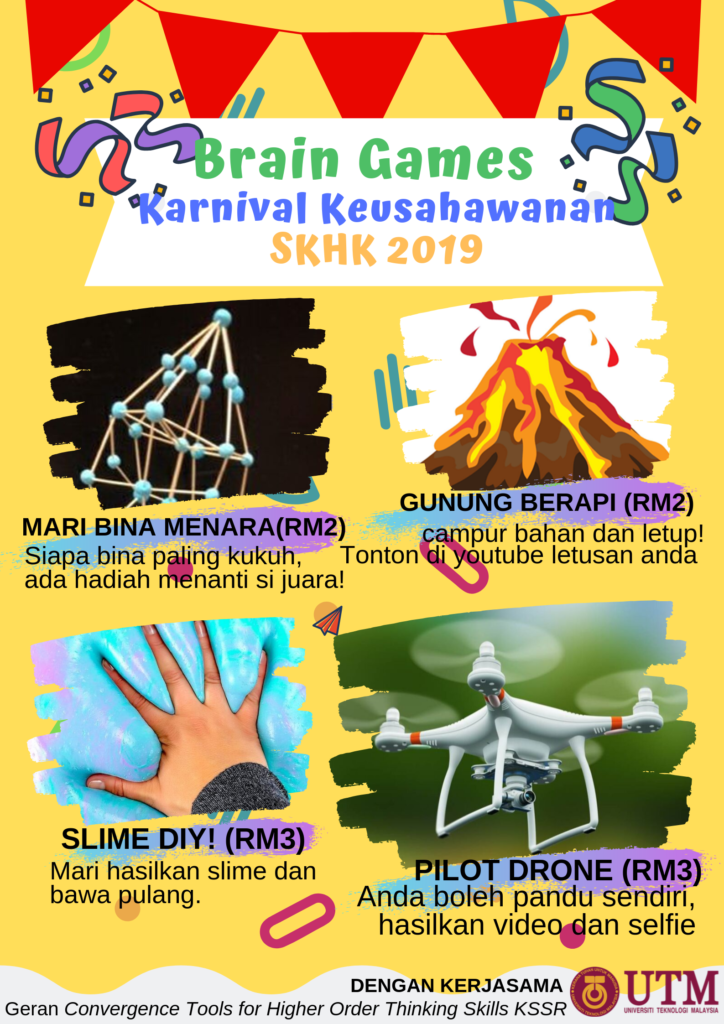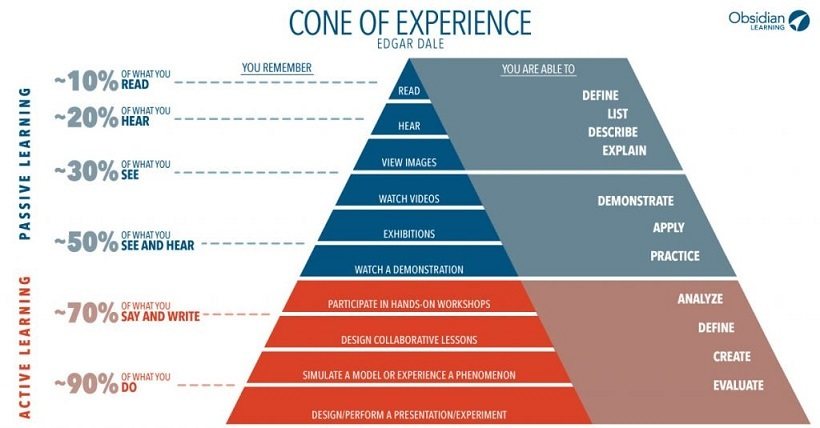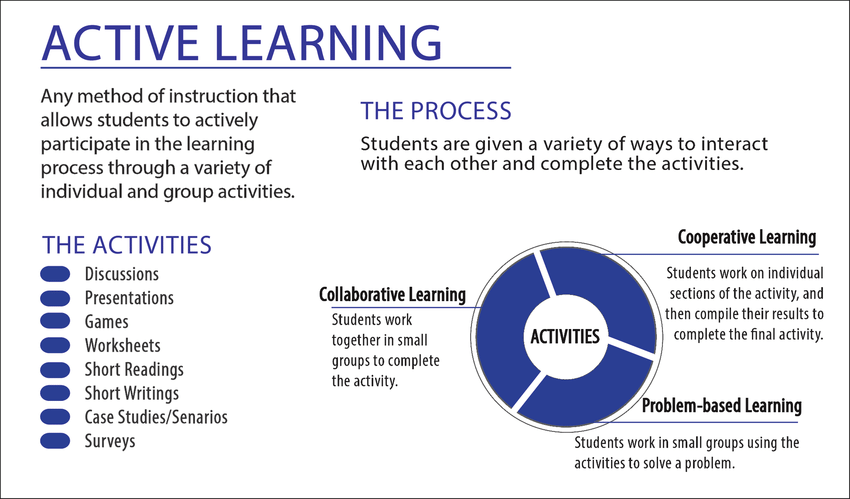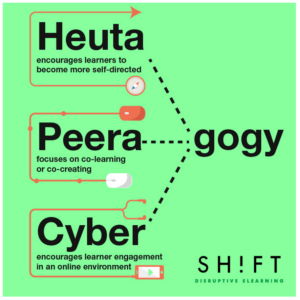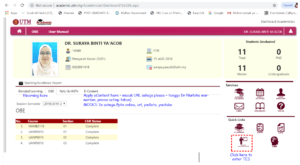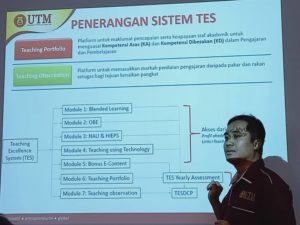http://c4lpt.co.uk/directory-of-learning-performance-tools
active learning – Engaging Learners through active learning by Prof Khairiyah UTM
Bookends Approach
- Advanced Organizer – introduce the topic 10-15 minutes
- Intermittent Discussion – informal cooperative learning, repeated every 10-15 minutes
- Closure Focused Discussion – summarize the class session around 5 minutes.
Update 19 feb 2020. Tools for active learning
- edpuzzle
Here is a directory that compile interactive tools online. This effort will support us to execute active learning in lecture. The directory contains over 1,000 entries in which categorized in four main areas – instructional tool, content devolopment tools, social tools, personal & professional tools.
Among the tools we can use:
1. Prezi – be careful, your audience can be dizzy
2. Padlet – organize and plan your padlet well – it can be your contents for eLPPT. CTL can give you extra marks if you really utlize your subject content here.
3. Kahoot – kahoot can lead you to edutainment ctl. There are a few of edutainment apps. We can download at CTL UTM
4. Powtoon – http://www.powtoon.com. It is a powerful tool for us to animate the presentation tools. This will lead us to UTM-MIT-Blossoms.
5. Wideo – create video online
6. Creaza – https://www.creaza.com. Creaza is a digital learning tool that enables students to work with different subjects and topics by creating mind maps, presentation, comic strips, movies and audio productions.
7. Storybird – http://storybird.com. Visual storytelling for everyone. A plafform for writers and bloggers.
8. be funky – https://www.befunky.com. Photo editing & graphic design made for everyone.
9. Coggle – a clear way to share complex information – mind map.
Last but not least – we can use powerpoint – but put more on active learning activities (e.g. blank page in the middle of class, unique elements after 20 minutes lecture, a game or interactive picture. I think the most relevant and cute one is actually the storytelling element to help students understand the gist of our lecture in a narrative and interesting way).
